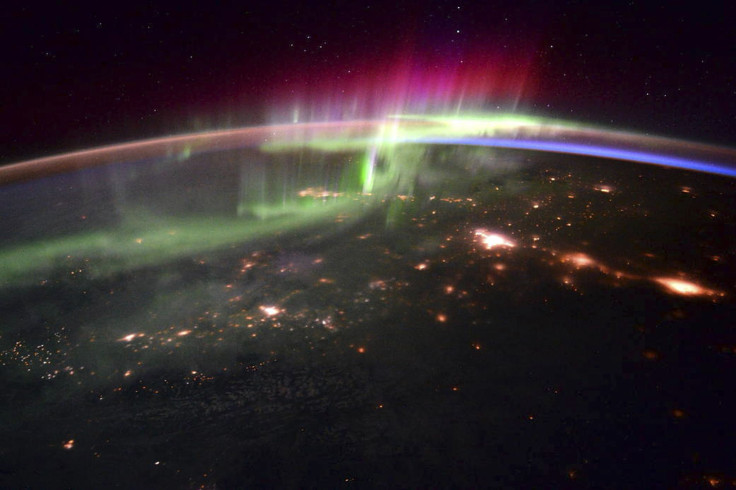Stunning Photos Show Rare Pink Aurora Borealis Over Norway
KEY POINTS
- The aurora had a stunning pinkish hue instead of the usual green
- It lasted for just about two minutes
- It may have had something to do with the temporary "rip" in the magnetic field
Auroras are always a stunning sight to behold. A tour group in Norway recently had the lucky chance to spot a rare pink aurora.
The pink aurora lasted for just about two minutes, Markus Varik, a tour guide with "Northern Lights chasers" Greenlander Tromsø, told Live Science.
In the photos the group shared on Facebook, one can see just how stunning the Northern Lights appeared, with its pinkish-purplish hue instead of the usual green.
"Tonight's Northern Lights didn't even look like Northern Lights," the group wrote. "The sudden outburst happened very early in the evening, we were very lucky to witness it."
2nd of NovemberTonight's Northern Lights didn't even look like Northern Lights, haha. The strongest pink/purple I have ever seen. The sudden outburst happened very early in the evening, we were...
"These were the strongest pink auroras I have seen in more than a decade of leading tours," Varik said. "It was a humbling experience."
The post has so far garnered thousands of reactions and has been shared more than 682 times.
But what caused this unusual coloration of the aurora? It may have had something to do with the solar storm that temporarily "ripped" a hole in the magnetic field, reported Live Science.
Auroras happen because of the interaction of charged particles from the Sun with the gases in the Earth's atmosphere. Generally, the color of the Northern Lights would depend on a few factors, including the level of energy, the altitude where it occurs and the composition of the gases in the atmosphere.
The green aurora that people typically see, for instance, happens when charged particles interact with oxygen molecules at high altitudes from 100 to 300 kilometers (62 to 186 miles). But on the day the pink auroras appeared, the rip in the magnetosphere allowed the solar wind to reach lower than 62 miles, where its interaction with "abundant" nitrogen gas created the pinkish hue, according to Live Science.
The hole reportedly closed some six hours after it opened.
As stunning as the auroras have been of late, it's possible that people may be in for even more exciting sightings of the phenomenon in the coming years. This is because we are slowly approaching the solar maximum of its 11-year cycle, which means increased solar activity and perhaps increased aurora activity.

© Copyright IBTimes 2024. All rights reserved.






















